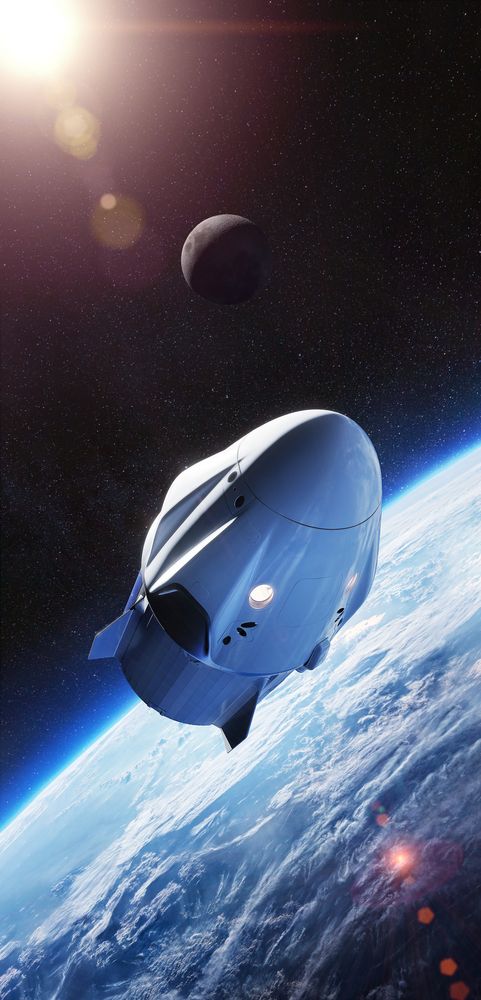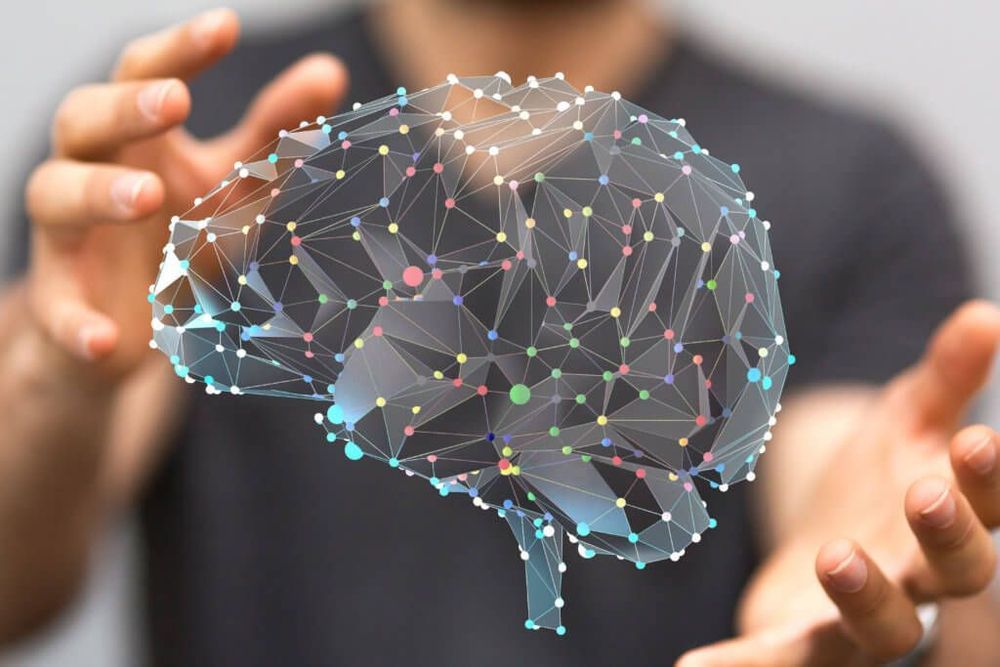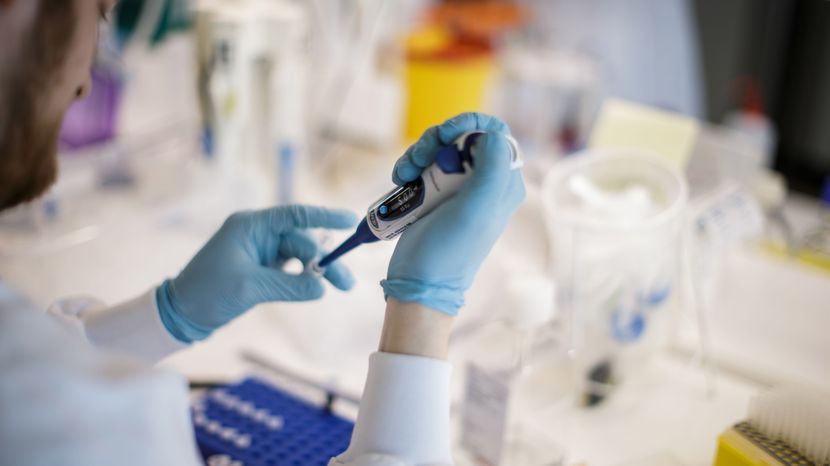“I think we are at the dawn of a new era in commercial space exploration.”–Elon Musk.



Tesla is scrapping plans for a bargain Model Y SUV because of its short range on a single charge, CEO Elon Musk said in a tweet over the weekend.
Earlier this year, the electric car maker began producing its pricier, dual-motor all-wheel drive version of the Model Y, which starts at $49,000.
Tesla had planned to roll out a cheaper version of the Model Y — expected to be priced under $40,000 — with a single engine, rear-wheel drive and smaller battery. But Musk tweeted that the range on that vehicle would have been “unacceptably low” at less than 250 miles on a single charge.

Theoretical Physicist Lawrence Krauss writes in the Wall Street Journal.
WSJ: In the 1980s, when I was a young professor of physics and astronomy at Yale, deconstructionism was in vogue in the English Department. We in the science departments would scoff at the lack of objective intellectual standards in the humanities, epitomized by a movement that argued against the existence of objective truth itself, arguing that all such claims to knowledge were tainted by ideological biases due to race, sex or economic dominance.
It could never happen in the hard sciences, except perhaps under dictatorships, such as the Nazi condemnation of “Jewish” science, or the Stalinist campaign against genetics led by Trofim Lysenko, in which literally thousands of mainstream geneticists were dismissed in the effort to suppress any opposition to the prevailing political view of the state.

In the coronavirus economy, companies are adopting more automation, as they seek to cut costs and increase efficiency. There is debate about which jobs are most at risk and how soon. But climbing up the skills ladder is the best way to stay ahead of the automation wave.
Even groups that regularly disagree on labor issues said there should be significant public investment in programs that can upgrade the skills of American workers.
“There is conceivably a way to do warp drive.” Elon Musk discusses warping space within the known laws of physics, the expansion of the universe being faster than the speed of light (which allow us to see back in time when looking into space) and dark matter.



Regeneron rose as much as 2.4% in the stock market today, touching a record high of 655.93. Shares seesawed in a small range Thursday before ending the day up a small fraction, at 640.63. The peak price topped Regeneron stock’s previous high of 653.53, touched on Tuesday. Regeneron is part of the IBD Biomed/Biotech group, which ranks No. 14 out of 197 industry groups tracked. The group is just off its all-time high, which it hit on June 23.
Regeneron Pharmaceuticals (REGN) jumped to an all-time high Thursday, its second of the week, as analysts remain bullish on Regeneron stock due to its coronavirus treatment and other businesses.
According to a Paris-based photographer, Olivier Grunewald, it is when the sulphuric gases come out of the vents or cracks in the volcano and get in contact with the oxygen-rich atmospheric air that the light is produced. This is the reason behind the blue flame which flows down the slope as burning hot liquid sulphur, after the sulphur gases condense, giving the illusion of lava flowing after a volcanic eruption.
Since Grunewald has been documenting the rare phenomenon for over several years, he reportedly suggests sighting the blue lava during the night or after sunset. German videographer and volcano explorer Marc Szeglat filmed the sight of the eerie blue flames at night which is breathtaking enough to enter the bucket list of travel enthusiasts and photographers whenever the COVID-19 lockdown lifts.
Check out the video here: